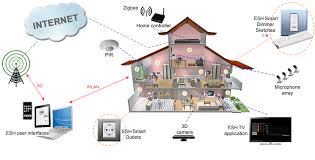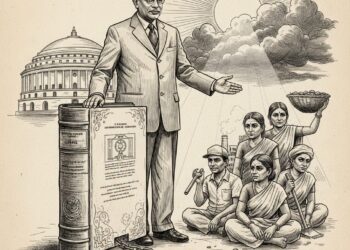Mumbai;The National Payments Corporation of India (NPCI) has announced the next major leap in India’s digital payments ecosystem with the introduction of UPI 3.0, integrating the Internet of Things (IoT) into the UPI framework. The new update allows smart devices to autonomously initiate and complete UPI transactions without user intervention.
“India is no longer just a mobile-first economy—we’re now entering a phase of device-native payments,” said Dilip Asbe, MD & CEO of NPCI. “With UPI 3.0, we’re enabling everyday appliances to become intelligent financial actors.”
From refrigerators that reorder milk to electric vehicles that pay for their own charging, UPI 3.0 aims to bring contextual, frictionless transactions into daily life. Smart devices will have their own unique UPI IDs, and transactions will be governed by UPI Autopay and UPI Circle—features that allow users to delegate spending control with preset rules and limits.
The Reserve Bank of India (RBI) welcomed the innovation as part of its broader push toward digital financial inclusion.
“This is a milestone for embedded finance,” said an RBI spokesperson. “UPI’s expansion into IoT will improve automation while ensuring security, consent, and auditability under the Digital Personal Data Protection Act (2023).”
NPCI confirmed that each IoT device will undergo OTP-authenticated onboarding and operate with end-to-end encryption and real-time fraud detection. Users can track transactions, set spending limits per device, and revoke permissions anytime.
Expanding the UPI Vision
In June 2025 alone, UPI processed over 18.39 billion transactions worth ₹24.04 lakh crore (approx. $288.5 billion). NPCI is targeting 1 billion UPI transactions per day, and device-based payments are expected to play a major role.
IoT-based use cases are already being tested in rural India, with smart water pumps, solar panels, and LPG meters enabling micropayments in underserved areas.
“UPI 3.0 represents India’s ambition to lead in Digital Public Infrastructure (DPI) globally,” Asbe added. “This is a future we’re building not just for cities, but for every village, home, and field

















